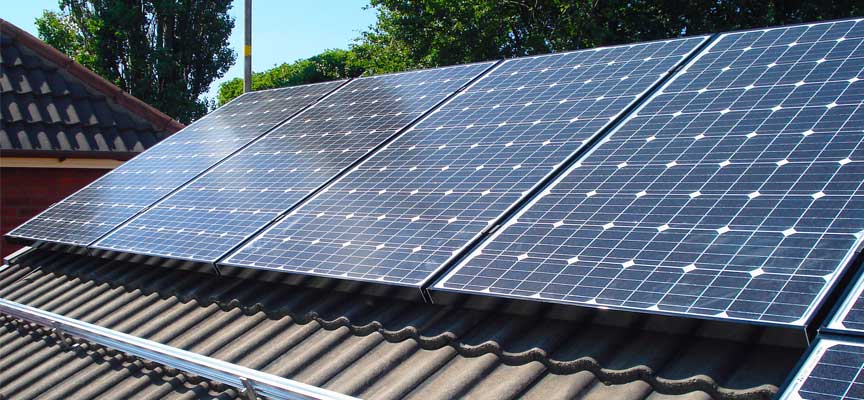How to make less food waste
Every year, a Western consumer throws up to 253 pounds of food. This means that with the food waste of every person, you could dramatically reduce, if not eliminate, the hunger problem in the world. Food waste can become a resource for the global community so that the United Nations Food and Agriculture Organization (FAO) has published a whole dossier devoted to food waste.
However, the biggest difference lies in ” when ” food waste is produced. In industrialized countries, much of food waste is produced directly by consumers and retailers. Food waste is also produced in developing countries, but production takes place during food processing.
The high standards for appearance induce the manufacturer to sell food grown for human consumption as food for animal feed. For example, an unusual form of potato cannot be marketed for domestic consumption, and the producer will be forced to make a selection during harvesting to target that ” non-standardized ” food for livestock nutrition. So there is a further waste of food.
About 40% of total waste is food waste. That’s why it is important to adopt behavioral measures of greater awareness. Reducing food waste production is a challenge for everyone. A study conducted in 2002, which analyzed the behavior of many American families, saw that these families dropped about 14% of the food they bought. Even though this percentage may seem low, translated in economic terms, it means throwing more than $ 600 a year into rubbish. Reducing food waste production means saving money!
Food waste is an increasing concern. It is enough to think that an estimate made in 2010 saw that for the transport and production of the food that is being thrown away, 300 million barrels of oil are harvested annually; equivalent to approximately 4% of total oil. That said, it is clear about the damage that food waste causes to the environment and to the whole society. That is why each of us has to work to produce less waste and to do so you can follow our tips:
- Cultivate your vegetables independently. There are many vegetables that you can grow in pots.
- Plan your meals this week, see what you already have in the fridge, in the freezer, and in the pantry, and tailor your spending list so you can enjoy what you already have at home.
- Learn how to conserve fruits and vegetables properly, in the last fridge box and above all, learn how to consume it before it crumbles.
- At the market, they buy potatoes, green beans or carrots, although they look less conventional. Abandon the visual standards and trust the true naturalness of the vegetables. So prefer local farmers rather than industrial products, thus avoiding the annoying polystyrene packaging.
- Try to eat lunch leftovers at dinner or try to freeze or cook them with some nice recipe.
- Be more aware of what you eat!
Useful Links >> FAO pdf.






